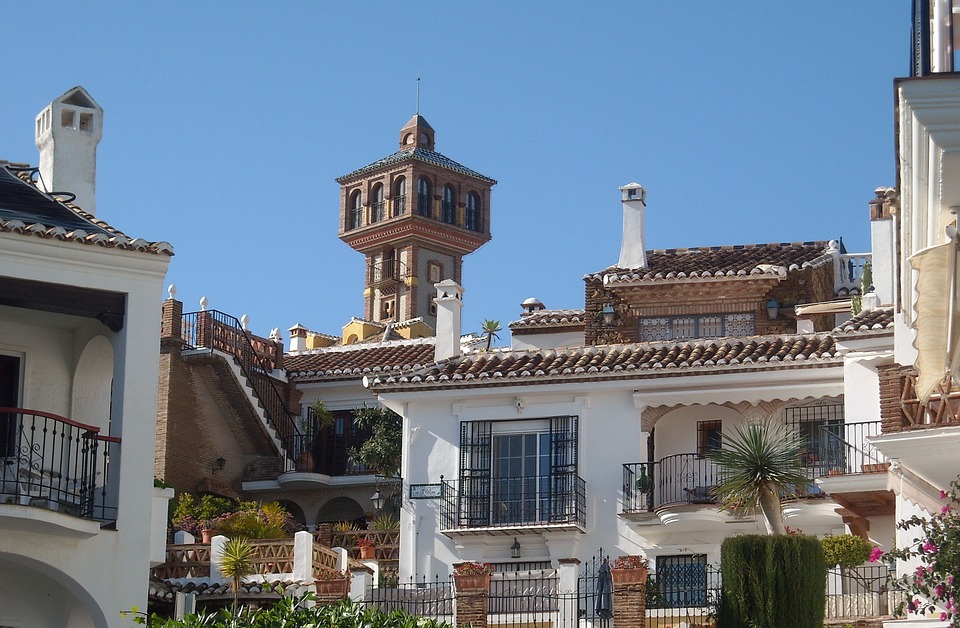Introduction
Ronda, located in the heart of Andalusia, is a mesmerizing city that enchants visitors with its stunning architecture
and rich cultural heritage. Perched dramatically atop a deep gorge, Ronda is known for its breathtaking views, historic
monuments, and vibrant atmosphere. This article explores the architectural marvels that make Ronda a must-visit destination
for any architecture lover.
1. Puente Nuevo
Puente Nuevo, meaning “New Bridge,” is the iconic symbol of Ronda and one of Spain’s most famous bridges. This magnificent
stone bridge spans across the El Tajo Gorge, connecting the old and new parts of the city. Built in the 18th century,
it took over four decades to complete. The sheer depth of the gorge below creates a truly awe-inspiring sight, making
it a favorite spot for photographers and visitors alike.
2. Mondragon Palace
Mondragon Palace, a 14th-century Moorish palace, showcases the intricate architecture and design of the Nasrid period.
It was the former residence of Moorish kings and later served as a Christian palace. The palace boasts splendid gardens,
elegant courtyards, and beautiful ceramic tiles. Its interior houses the Municipal Museum of Ronda, offering insight
into the city’s history and art.
3. Plaza de Toros de Ronda
Plaza de Toros de Ronda, one of the oldest bullrings in Spain, is a remarkable architectural masterpiece. Built in
the 18th century, it stands as a testament to Ronda’s deep-rooted bullfighting tradition. The bullring showcases
a unique blend of Baroque and Neoclassical architectural styles. Visitors can explore the museum inside the bullring
to learn about the city’s bullfighting history and enjoy panoramic views from the museum terrace.
4. Arab Baths
Ronda’s Arab Baths, dating back to the 13th century, offer a glimpse into the city’s Moorish past. These baths were
once an essential part of daily life in Ronda and are a prime example of Moorish architectural style. Visitors can
explore the various rooms, including the cold, warm, and hot baths, as well as the changing rooms. The Arab Baths
provide a serene atmosphere, transporting visitors back in time.
FAQs
1. How can I reach Ronda?
Ronda can be easily reached by car, train, or bus. If you are flying into Spain, the nearest airports are Malaga and
Seville. From there, you can rent a car or take a bus or train to Ronda. The scenic drive to Ronda is particularly
stunning, offering breathtaking views of the surrounding countryside.
2. What is the best time to visit Ronda?
The best time to visit Ronda is during the spring and autumn seasons when the weather is mild and pleasant. The summer
months can be quite hot, while winter may bring occasional rainfall. However, Ronda’s unique charm and architectural
marvels can be enjoyed throughout the year.
3. Are there guided tours available in Ronda?
Yes, there are several guided tours available in Ronda that offer insights into the city’s history, architecture,
and cultural heritage. Joining a guided tour can enhance your experience and provide valuable information about the
architectural marvels that the city has to offer.
4. Are there any other attractions to visit in Ronda?
Apart from the architectural marvels, Ronda boasts numerous other attractions. These include the Mondragon Gardens,
Santa Maria la Mayor Church, and the Ronda Museum. The city is also a gateway to the picturesque Andalusian countryside,
offering opportunities for hiking, wine tasting, and exploring the famous Pueblos Blancos (White Villages).
